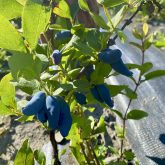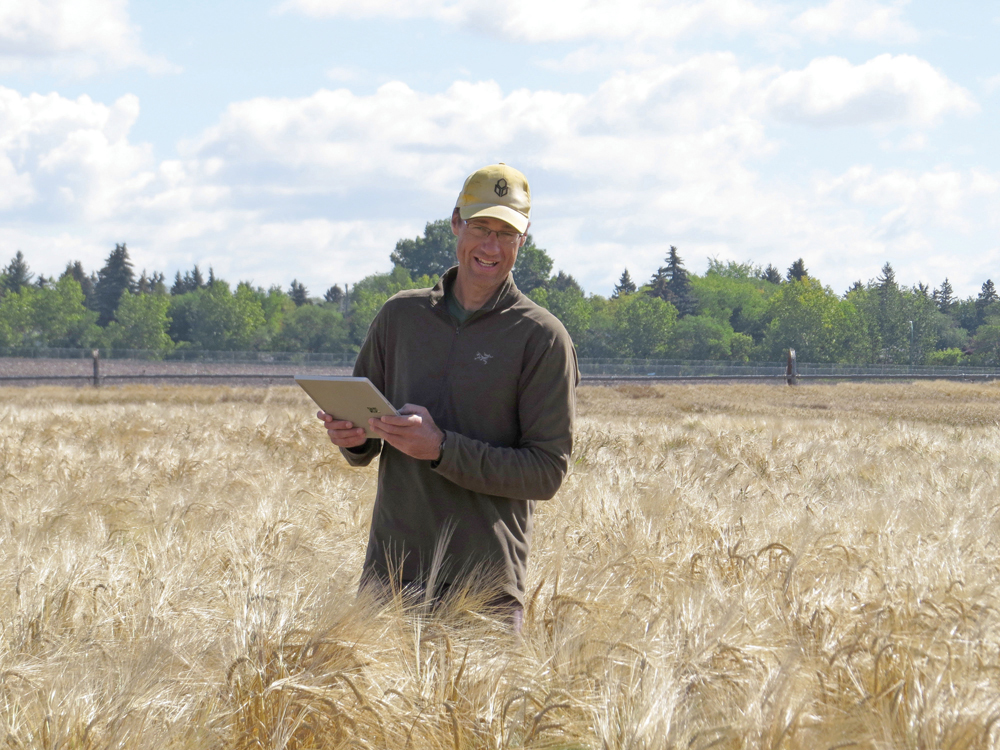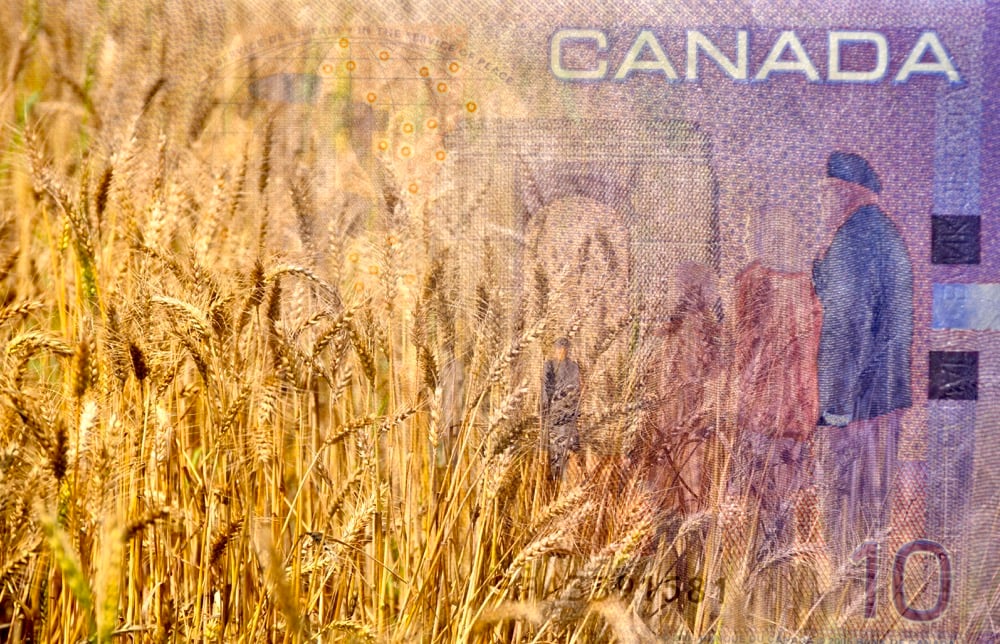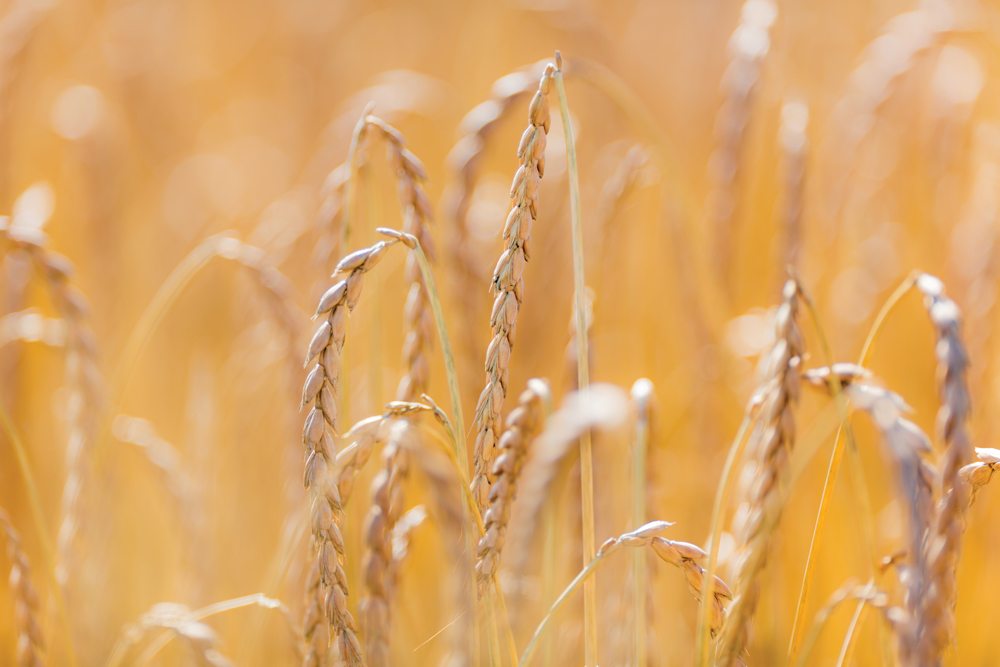Getting to know Blue Honeysuckle
FREQUENTLY ASKED QUESTIONS
Are all edible Blue Honeysuckle plants Haskap? No. Only selected cultivars released by the
University of Saskatchewan are Haskap because the Japanese evaluators considered them to be of high enough quality for the Japanese market. There are many other varieties of Blue Honeysuckle on the market, but none of these other varieties have been approved by Haskap Canada Association to use the name “Haskap.”
What does Haskap taste like?
Haskap has an excellent and unique flavour superior to most other Blue Honeysuckle. Some people say it tastes like a combination of blueberry and raspberry. The most common reaction to the flavour is “Oh, that’s good!”
Read Also

Manitoba sclerotinia picture mixed for 2025
Variations in weather and crop development in this year’s Manitoba canola fields make blanket sclerotinia outlooks hard to pin down
How long does it take for plants to start producing berries?
It is estimated full production will be reached in five to six years. It is common to get a few berries in the second year. Production increases as the plants grow larger.
What is the expected yield from a Haskap plant? Estimated yield is five-to 10-kilograms per plant.
Research into the yield of the new varieties is ongoing.
Can I grow Haskap organically?
Haskap is one of the most promising crops for organic growers as there have been no commercially significant diseases or organisms identified (other than birds) that attack the fruit crop. – Source: www.haskap.ca
Haskap Canada website
A “new” fruit doesn’t come along very often, which may be why Canadian fruit farmers, especially on the Prairies, are so keen to try this one.
In just a year, plantings of Blue Honeysuckle bushes, a plant native to northern Canada as well as Siberia, Northeastern Asia, and Japan, where the berry is called “Haskup.” have quadrupled to an estimated 400,000 now in the ground across Canada.
About 70 per cent of new plants are now found in commercial fruit orchards in Western Canada.
These are new varieties developed by plant breeder Bob Bors at the University of Saskatchewan in a program he started in 2001 to create a new fruit crop suitable for Canadian growers using Russian and Japanese cultivars.
In 2007 the University of Saskatchewan released two named varieties – Borealis and Tundra – both yielding a very tasty and much larger fruit than their predecessors, and that’s where much of the excitement started.
The berries taste like a blueberry, some say even tastier. The Borealis and Tundra varieties also have been found to meet the precise quality requirements of an exclusive export market in Japan.
COLD HARDY
The plant is also very high yielding, extremely cold hardy, early maturing and has a long harvest window.
All these attributes, plus the sheer newness of this plant, is what’s sparked so much interest, said Dave Negrych, who has a small orchard of his own near Swan River and is a member of the Saskatchewan Fruit Growers Association (SFGA).
“Most growers are putting in about 1,000 plants at a time,” he said.
Many new growers have also signed on to the university’s Grower Assisted Fruit Program, agreeing to grow out seedlings to test for best yield and quality.
“There continues to be lots of interest and desire to share information among people who are interested,” Negrych said. Haskap Days were held in mid-July at U of S to update growers on research into product development, markets and nutritional analysis of the berry.
This kind of information sharing is critical, Negrych said. He’s also the Manitoba representative for Haskap Canada Association. Growers need to co-ordinate their production and marketing and that’s what Haskap Canada organized to do, he said.
STILL LEARNING
“The crop is so new, we don’t know as much as we’d like to about growing and managing an orchard,” he said. “The oldest plants in the ground are only five years old at this time. We’ve got things to learn.”
They also have markets to find. Japan continues to look promising to some, but other growers say past experience shows export markets aren’t guaranteed. They see a need to introduce Canadians to this berry and start developing local markets.
Negrych agrees. “I think the business case for an orchard needs to include sales to the Japanese, but, for the long term, you should have a more diverse target market for the product,” he said.
A feasibility study done in 2007 for Parkland Agroforestry Products and Saskatchewan Agriculture and Food to assess potential to sell Canadiangrown Haskap concluded that Canadian Haskap growers “cannot rely on the Japanese market to commercialize their production and secure their orchard development.”
It recommended that growers plan for “conservative develoment and expansion of orchards, in order to wait for the Japanese market to grow, and for the North American market to be developed.”
Jeff Kostiuk, diversification technician at the Robl in-area Parkland Crop Diversification Foundation, where demo plots of Tundra, Borealis and two numbered varieties were established this year, agrees the biggest challenge ahead for growers will be market development. [email protected]



















